Parents and teachers often underestimate the effectiveness of puzzles in teaching children skills and concepts. There are many types of puzzles, including those that teach spatial skills, hand-eye coordination, math, language, social science and science concepts, as well as logic and thinking skills.
By Ann Bowers
Parents and teachers often underestimate the effectiveness of puzzles in teaching children skills and concepts. There are many types of puzzles, including those that teach spatial skills, hand-eye coordination, math, language, social science and science concepts, as well as logic and thinking skills. Children as young as one year of age can use simple puzzles. There are puzzles for all ages, including adults. The best quality of puzzles is the enjoyment experienced by the user as they solve them.
Wooden Puzzles
Puzzles made of wood or very heavy cardboard help young children ages 1-8 learn motor skills and hand-eye coordination as they fit the pieces together. They learn spatial concepts and how to problem solve. These puzzles teach the alphabet, numbers, colors, shapes, and concepts about animals and nature. Wooden puzzles have 2 to 30 pieces.
Simple number puzzles can be created using one inch (1/2 cm.) ceramic tiles. Use a permanent marker to write numbers from 1 to 100 on the tiles. Children start by putting the first ten in order and then add ten at a time until they can put all 100 in order. Teachers can make multiple sets by first painting each set of tiles a different color and then adding the numbers.
Jigsaw Puzzles
Jigsaw puzzles are usually made of heavy duty cardboard and have any number of pieces. Jigsaws teach spatial concepts and problem solving as the pieces are examined to see how they fit together. Jigsaw puzzles teach concepts about science, geography (i.e.; maps), social science, and even foreign languages. Children learn to work cooperatively as they complete a puzzle. A jigsaw in progress is a great way to keep children occupied during a break in homeschooling lessons or on a rainy day. Mark the back of each puzzle piece with a different color of felt marker so that the pieces are easy to sort.
Word Search Puzzles
Word search puzzles are puzzles made up of letters in which words are spelled horizontally, vertically, or diagonally. (Spelling them backwards is not recommended for children.) The player must find specific words and circle them in the puzzle. These puzzles help teach spelling and figure-ground perception. Figure-ground perception is the brain’s ability to see objects or words hidden in a background of pictures or letters.
Hidden Picture Puzzles
Hidden picture puzzles are those with elaborate, background pictures that contain specific pictures the player must find. This type of puzzle teaches figure ground perception and detailed observation skills, as well as vocabulary. A variation on the hidden picture puzzle is the puzzle in which two pictures appear to be the same, but the player must find the discrepancies between the two.
Crossword Puzzles
Crossword puzzles may be quite simple for children as young as 7 or very difficult for adults. Crossword puzzles teach vocabulary, reasoning skills, spelling, and word attack skills. The player must use word clues to determine the correct word to fit into the crossword, either across the puzzle or up and down. There are excellent software programs which allow teachers to create crossword puzzles using spelling, reading, or vocabulary words.
Logic puzzles
Logic puzzles are basically of two types – word puzzles or mechanical puzzles. Logic word puzzles come in many varieties, such as “Don is 6 inches taller than Harry. Harry is 2” shorter than Jan. Rich is 5’8” tall and is the same height as Jan. How tall is each person?” These puzzles can be simple for children and range up to very difficult for adults. In many ways, geometry problems can be considered logic word puzzles.
Logic mechanical puzzles consist of mechanically interlinked pieces. The puzzles challenge the player to explore the interlocking pieces in order to assemble or disassemble the puzzle, put the pieces in sequence, or use dexterity to move the pieces. Such puzzles include: Rubik’s cubes, sliding tiles or blocks puzzles, impossible object puzzles, etc.
Logic puzzles teach logical thinking skills, deductive and inductive reasoning, spatial concepts, motor coordination, and planning advance gambits.
Patterns
Pattern puzzles may be colors, shapes, numbers, letters, or any combination of them. The challenge is to create a pattern, determine what comes next in a pattern, or discover how the pattern was created. Patterns teach logical progressions, deductive and inductive reasoning, and spatial concepts.
Mazes
Mazes require the player to find a way through a maze on paper, in virtual reality, or in real life. Mazes teach spatial concepts, logical progression, and deductive reasoning, as well as directionality. Mazes are often considered to be art themselves.
Riddles and Brain Teasers
Riddles and brain teasers are brief descriptions that challenge the player to discover what is being described. In a brain teaser, for example, the description goes: a child is brought into a hospital emergency room after a car accident in which his father is killed. The doctor in the emergency room says, “I can’t operate on this child. He’s my son.” How can this be?” Answer: the doctor is the child’s mother. Riddles and brain teasers teach how to think “outside of the box.”
Here is a riddle. If a fire hydrant has H2O on the outside, what does it have on the inside? Answer: K9P
Here is another. A hunter looking out of his cabin can only look south. A bear ambles by. What color is the bear? Answer: white (It’s a polar bear because the hunter can only look south, he must be at the North Pole.)
Incorporating puzzles of all kinds into a child’s education and recreation is stimulating for the mind and fun for the child. There are hundreds of resources on the internet for all kinds of puzzles, both free and available for purchase. Get some puzzles and challenge your child!
Bio for Ann Bowers
Ann Bowers has been an elementary school teacher, in kindergarten through 8th grade, for 20 years. She was a Bilingual Education Grant Project Coordinator for seven years and a school principal for seven. She has a B.A. in English, an M.A. in Education, and holds California Life Teaching Credentials and specialist credentials in Remedial Reading and Teaching English as a Second Language. She is retired and has started a second career as a freelance writer.
No part of this article may be copied or reproduced in any form without the express permission of More4Kids Inc © 2006
Posting Search Tags: education homeschooling
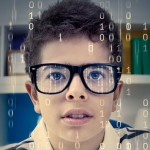
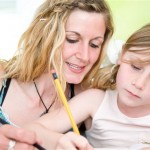

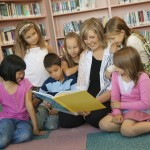

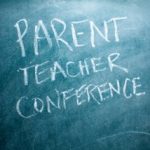
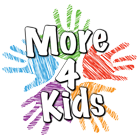


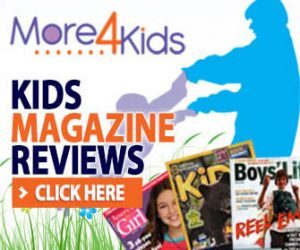
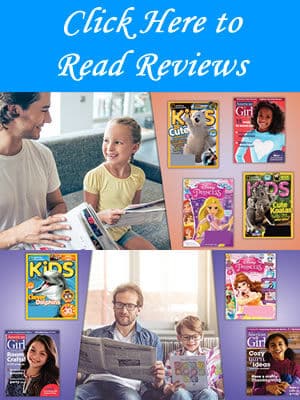
This article is great and so true. I am a nanny for a living and mostly work with kids from newborn to 5 years old. Puzzles are a major party of the toys I use for education and teaching new skills.